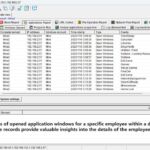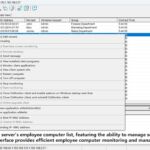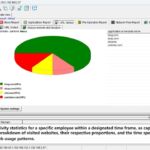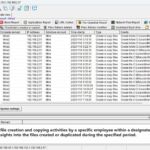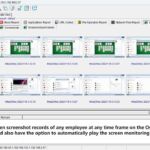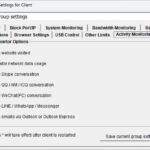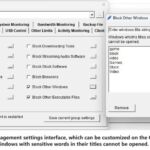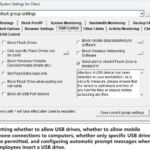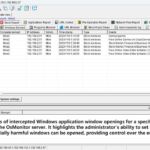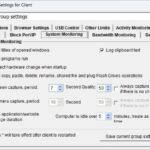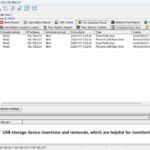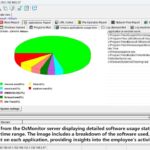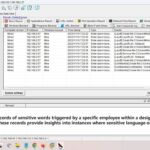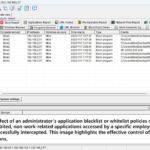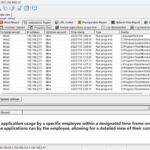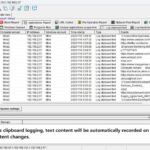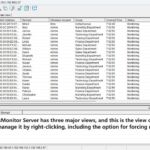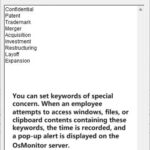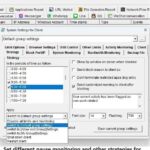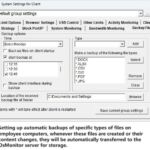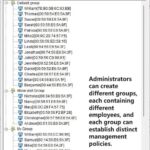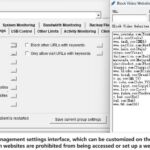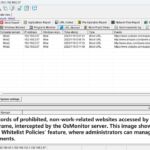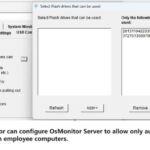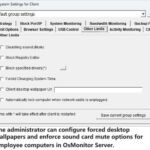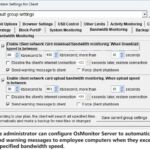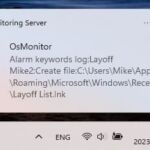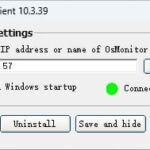"Binary algorithm" is not really a complicated concept; it's quite a broad term if you think about it. In different situations, people come up with all sorts of binary algorithm tricks to get things done, achieving various functions. Some algorithms might involve quite a bit of computer science and information processing techniques. Now, let's talk about the significant roles that binary algorithms might play in screen monitoring software:
- Data Compression and Optimization: Screen monitoring software needs to capture, transmit, and store a large amount of image data. Using binary algorithms, image data can be compressed and optimized to reduce the cost of data transmission and storage. For example, using bitmaps to represent screen pixels can effectively decrease the required storage space.
- Image Processing and Analysis: Screen monitoring software may need to process and analyze captured screen images to detect specific activities, changes, or events. Binary algorithms can quickly process image data, perform pixel-level comparisons, detect boundaries, calculate region sizes, and more.
- Data Extraction: Screen monitoring software might require extracting specific information from captured image data, such as text, icons, buttons, and so on. Binary algorithms can assist in locating and extracting particular image areas, which can then be further processed to extract the necessary information.
- Data Encryption and Security: In screen monitoring software, safeguarding the security of sensitive information is crucial. Binary algorithms can implement various data encryption techniques to ensure that transmitted and stored image data remains inaccessible and unalterable to unauthorized individuals.
- Image Comparison and Matching: Screen monitoring software may need to compare images captured at different times to detect changes or differences. Binary algorithms can efficiently compare the binary representation of images, thereby determining whether any changes exist.
- Mouse and Keyboard Event Analysis: Apart from images, screen monitoring software also needs to monitor user mouse and keyboard events. Binary algorithms can decode and analyze the binary representation of these events, thereby recognizing user actions.
Though the "binary algorithm" might seem like a minor role in screen monitoring software, it's actually the finishing touch. It handles tasks meticulously, taking care of data processing, compression, encryption, image processing, and more – like a multi-talented all-rounder. It's the secret weapon that transforms screen monitoring software into an efficient, secure, and precise tool.
About OsMonitor:
The mission of OsMonitor is to create a Windows computer system tailored for work purposes, effectively regulating employee computer behavior. It enables employers to understand what employees are doing each day, monitoring every action, including screen activity and internet usage. Additionally, it restricts employees from engaging in specific activities such as online shopping, gaming, and the use of USB drives.
OsMonitor, designed purely as software, is remarkably user-friendly and requires no additional hardware modifications. A single management machine can oversee all employee computers. As a leading brand in employee computer monitoring software with over a decade of successful operation, OsMonitor has rapidly captured the global market with its minimal file size and excellent cost-effectiveness compared to similar software. At this moment, thousands of business computers worldwide are running OsMonitor daily.




